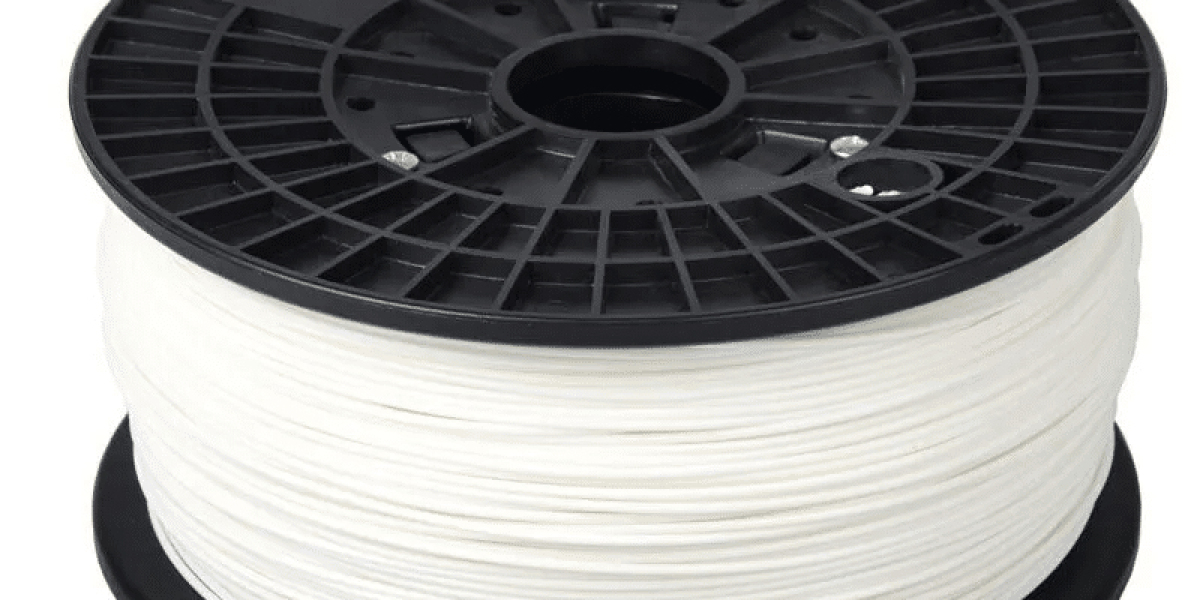ABS filament prints during 3D printing or injection molding may leave laminates, support structures, or other surface flaws that need to be polished to improve their surface finish.
Method 1: Sandpaper
Sandpaper sanding is the most common sanding method and is suitable for removing large blemishes and rough surfaces. Choose a coarse to fine sandpaper sequence, such as starting with 180 mesh, and gradually transition to a finer sandpaper such as 600 mesh or 1200 mesh.
Rough grinding: Use 180 mesh or 240 mesh sandpaper for preliminary grinding of the surface to remove obvious lamination and support structure residue. This step can be done using hand-held sandpaper or an electric sander.
Fine grinding: Gradually increase the number of sandpaper mesh, the use of 360 mesh, 600 mesh sandpaper fine grinding, make the surface more smooth.
Finishing: Finishing with 1200 mesh or finer sandpaper to obtain a smooth surface.
Method 2: Chemical solvent polishing
ABS plastic can be dissolved in some organic solvents, such as acetone, butyl ketone and so on. Using this property, chemical solvent polishing can be carried out.
Solvent selection: Choose a suitable solvent for ABS, such as acetone. Acetone is highly soluble, but it needs to be used safely because it is toxic and flammable.
Steam polishing: The ABS model is placed in an environment filled with acetone steam, and the surface of the model is slightly dissolved by steam fumigation to achieve a polishing effect. This process needs to be carried out in a well-ventilated environment and with proper protective gear.
Wipe polishing: For a small area of polishing, you can gently wipe the surface with a cotton swab or soft cloth dipped in a small amount of solvent. Pay attention to control the amount of solvent to avoid excessive dissolution.
Method 3: Shock polishing
Shock polishing is an efficient batch processing method, which is suitable for processing a large number of small ABS parts.
Equipment preparation: Use a vibration polishing machine, add an appropriate amount of polishing media (such as ceramic beads, plastic beads, etc.) and ABS.
Polishing process: Start the vibration polishing machine, through the friction between the medium and the ABS part, remove the surface defects, and achieve uniform polishing.
Time control: According to the size and number of ABS parts, the polishing time is appropriately adjusted, generally a few hours.
Method 4: Heat gun treatment
A heat gun can be used to soften the ABS surface, making it easier to sand.
Temperature control: Set the heat gun temperature to moderate to avoid ABS deformation or burning caused by overheating.
Surface treatment: Heat ABS uniformly with a heat gun, and then sand it with sandpaper. This method is suitable for removing minor blemishes and marks.
Through the flexible application of the above method, the surface quality of ABS filament printing can be effectively improved, so that it can achieve the ideal finish and beautiful effect. During operation, it is important to pay attention to safety, especially when using chemical solvents and high temperature tools.








